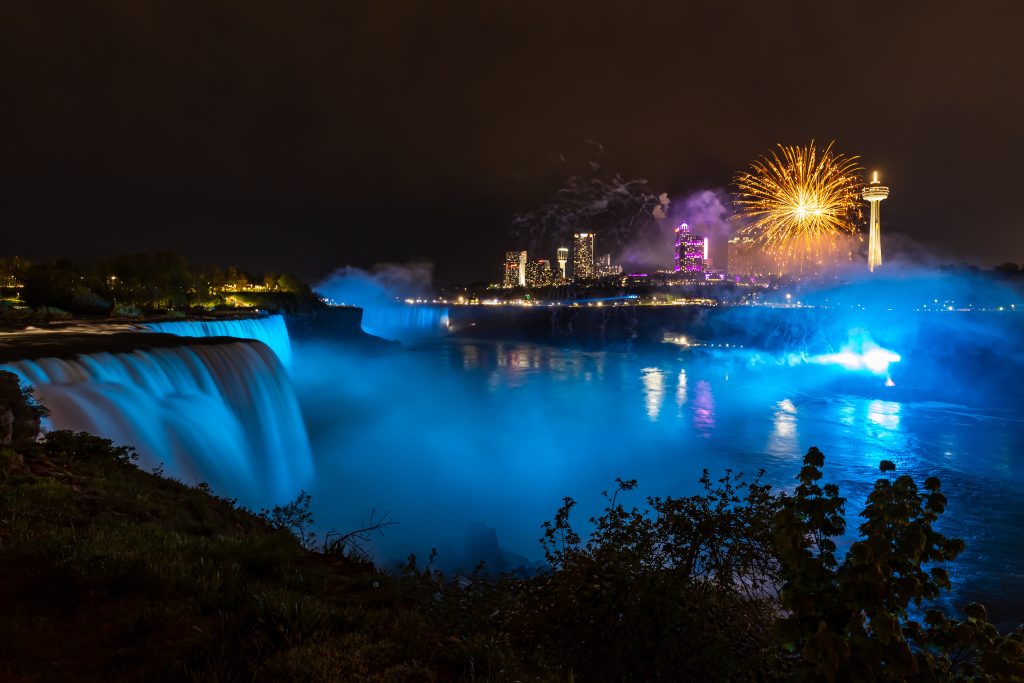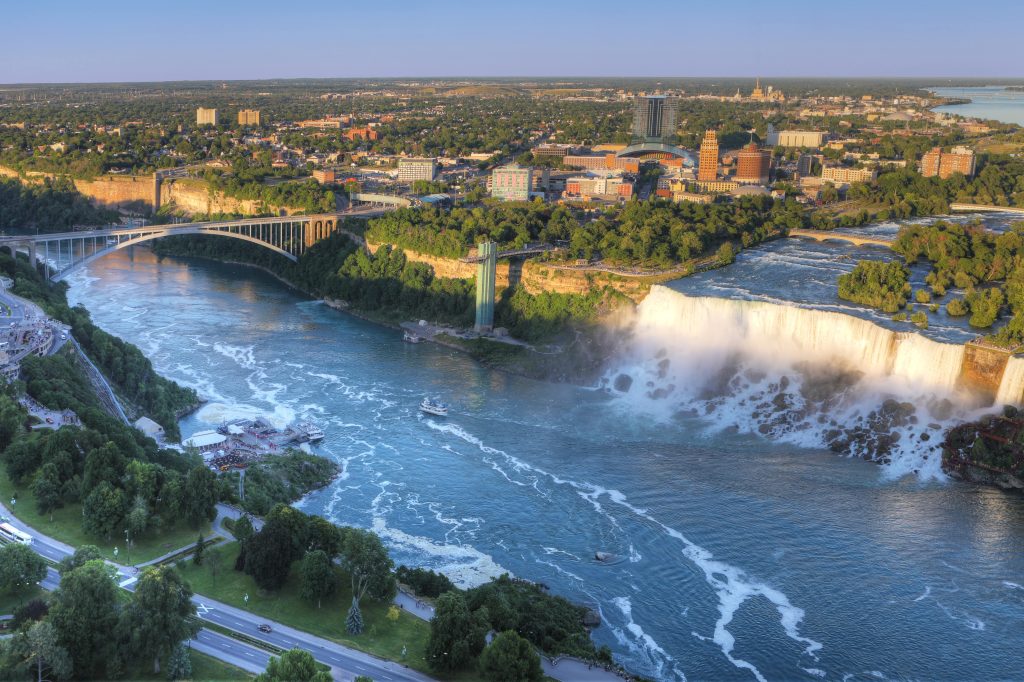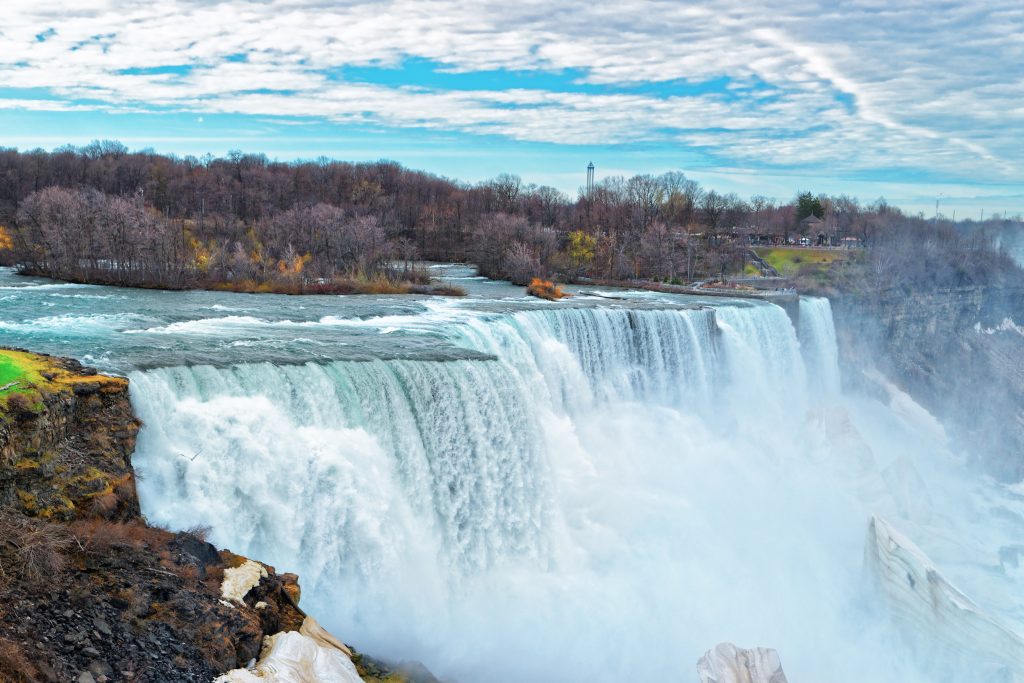Buffalo used to be known as the “City of Light” because Buffalo was the first American city to have widespread electric lighting. The lighting was produced by hydroelectric power harnessed from Niagara Falls.





Rediscovering Buffalo: The City of Light
Welcome, history buffs and curious minds, as we embark on a journey through the unique and captivating history of Buffalo, New York—the “City of Light.” Join me as we explore the transformative introduction of electric lighting, the influence of hydroelectric power from Niagara Falls, and the profound impact it had on the city’s landscape and culture.
A Glimpse into the Past
In the early 19th century, Buffalo was a bustling trading community, strategically located at the juncture of several waterways. Its proximity to Lake Erie and the Erie Canal made it a vital center for transportation and commerce. However, it was during the late 19th and early 20th centuries that Buffalo truly etched its name in history.
The Dawn of Electric Lighting
During the late 1800s, a revolutionary force was sweeping the nation: electricity. It was in this era of innovation that Buffalo became one of the first cities in the United States to embrace the potential of electric lighting. With the mighty Niagara Falls just a short distance away, Buffalo was uniquely positioned to harness the power of hydroelectricity.
The Power of Niagara Falls
Niagara Falls, renowned for its mesmerizing beauty, became more than just a natural wonder. Engineers and visionaries recognized its immense potential as a source of renewable energy. In 1896, the electrification of Buffalo began, thanks to the creation of the Niagara Falls Power Company.
Harnessing the power of the falls, the company built an extensive network of transmission lines, delivering electricity to the city. This landmark achievement not only propelled Buffalo into the modern age but also earned it the nickname “City of Light.”
Transforming the Night
Imagine strolling through the streets of Buffalo, circa the late 19th century. As dusk settled, the city’s skyline would come alive with a dazzling display of electric lights. Streets, buildings, and public spaces were transformed into illuminated marvels, casting a warm glow on the city.
The introduction of electric lighting revolutionized not only the aesthetics but also the safety and functionality of urban areas. Buffalo became a safer and more vibrant place after dark, fostering a newfound sense of community and nightlife.
The Pan-American Exposition
One of the most significant milestones in Buffalo’s history came in 1901—the Pan-American Exposition. This world’s fair celebrated the achievements of the Americas and showcased the advancements made possible by electricity. Held at what is now Delaware Park, it attracted millions of visitors who marveled at the grandeur of the illuminated buildings and displays.
While the Pan-American Exposition was a triumph, it also faced tragic circumstances. President William McKinley was assassinated during the fair, leaving an indelible mark on Buffalo’s history.
Modern-Day Relics and Legacies
Although over a century has passed since the “City of Light” era, remnants of that time can still be discovered in present-day Buffalo. The city’s architectural treasures, such as the Electric Tower and Guaranty Building, stand as testaments to the grandeur and innovation of the past.
Additionally, Buffalo’s love for illumination continues to shine brightly through annual events like the “Light the Night” festival, where historic buildings are bathed in colorful lights, paying homage to the city’s luminous heritage.
A City Reborn
Buffalo’s transformation as the “City of Light” left an enduring impact on its residents and the world. It ignited a spirit of progress and innovation that still resonates today. The advancements in electrical engineering and the harnessing of hydroelectric power became a catalyst for industrial growth and economic prosperity.
Buffalo’s legacy as the “City of Light” serves as a reminder of the power of human ingenuity and the ability to shape the world around us. It stands as a testament to the city’s resilience and determination to embrace change, leaving an indelible mark on the history of Buffalo and the progression of society as a whole.
So, the next time you find yourself in Buffalo, take a moment to appreciate the radiant beauty that surrounds you. Remember the pioneers who brought light to the darkness and forever transformed this remarkable city.
Sources:
